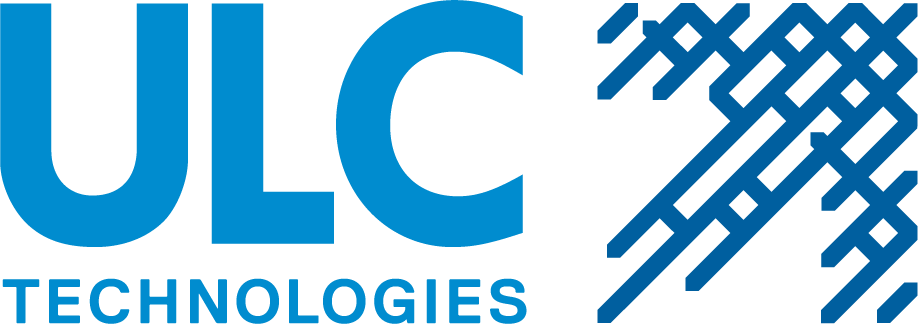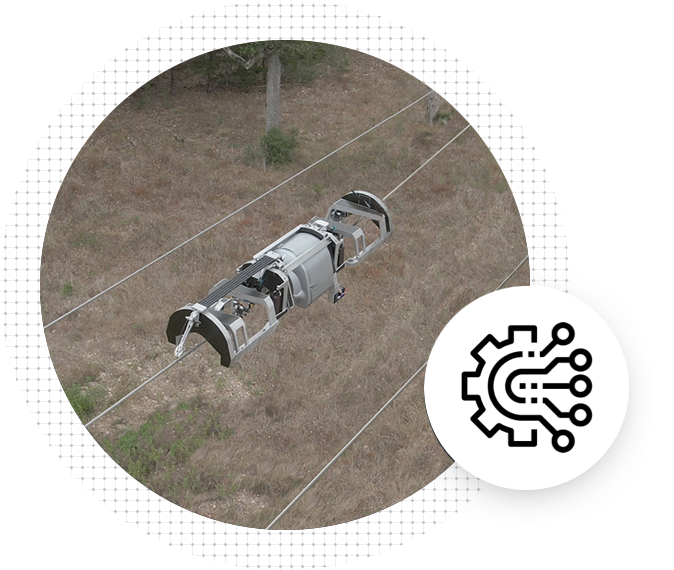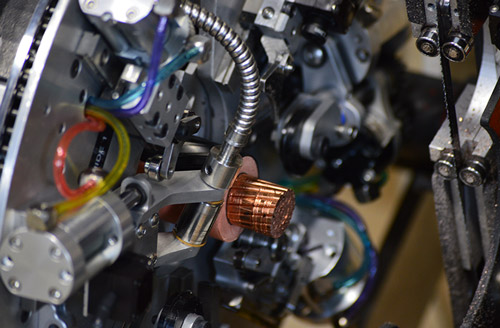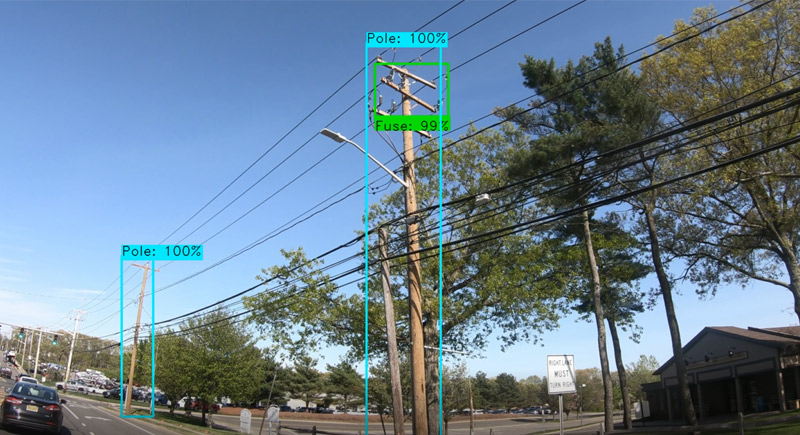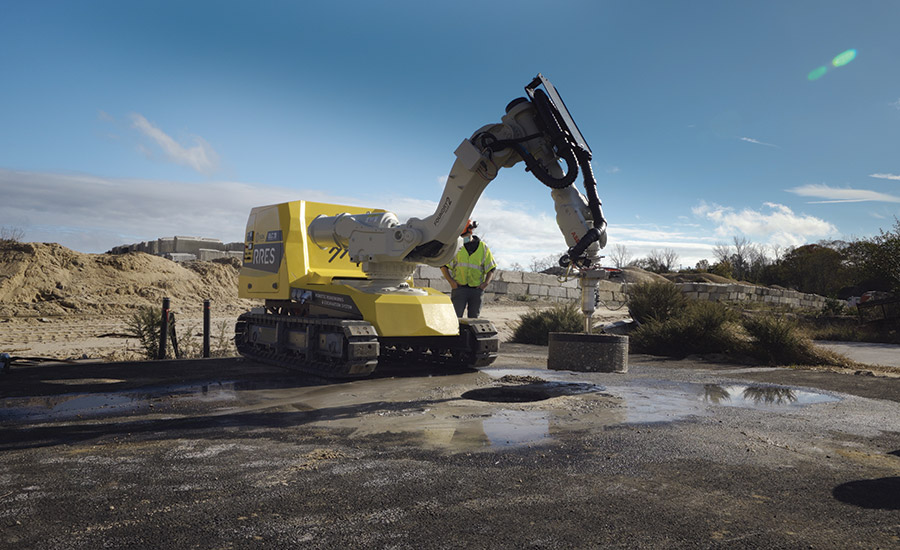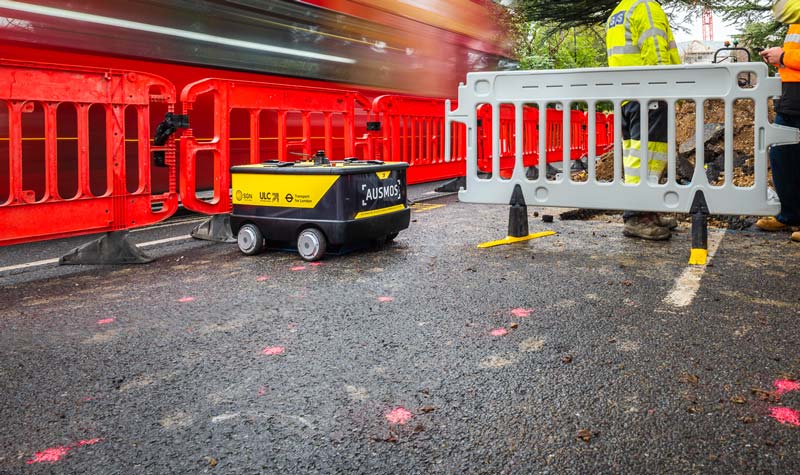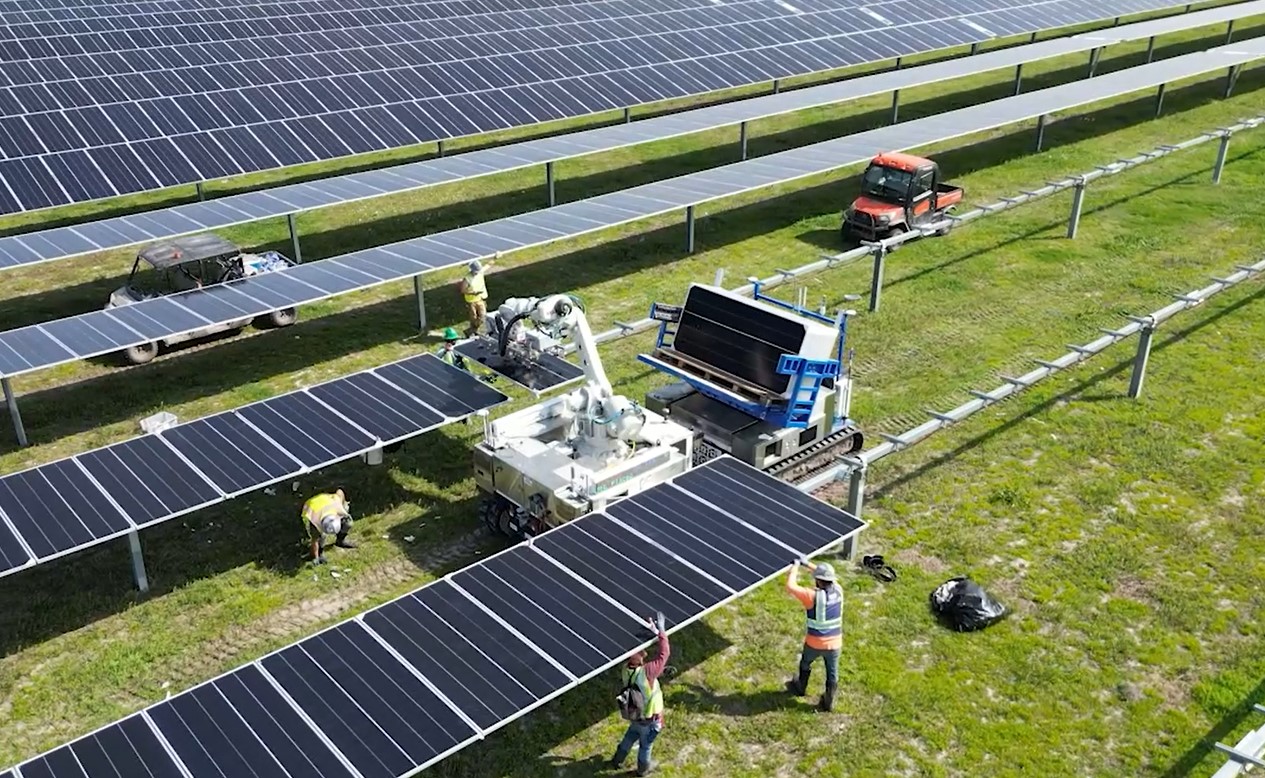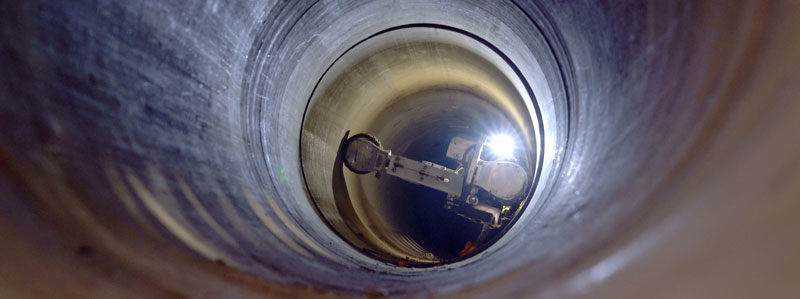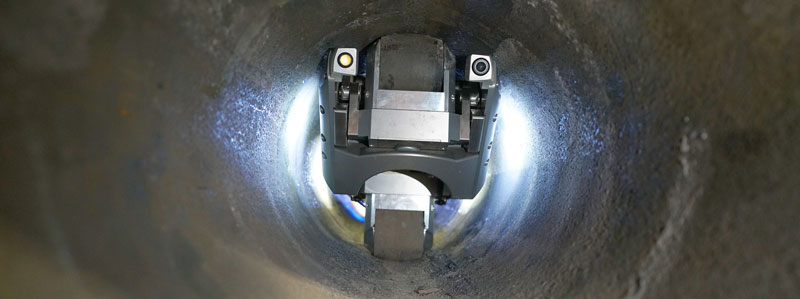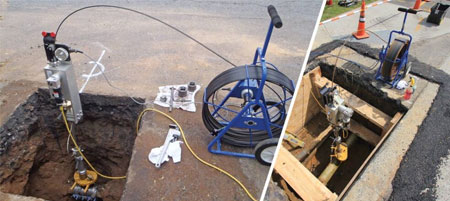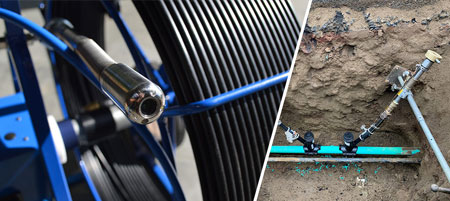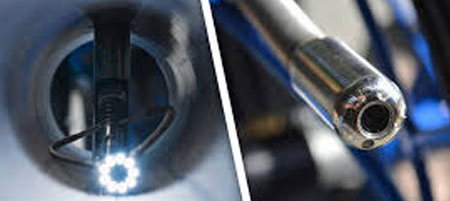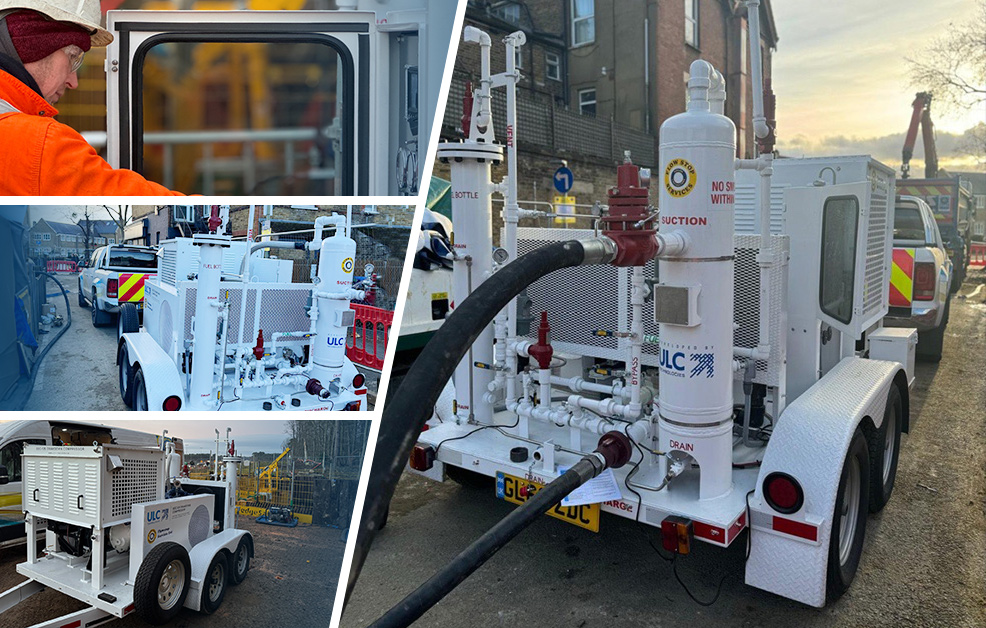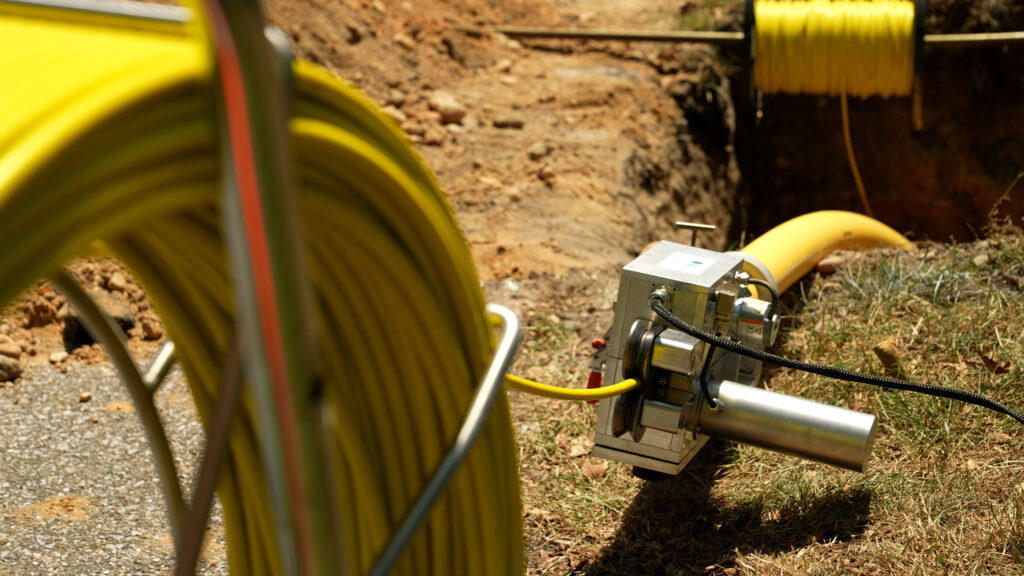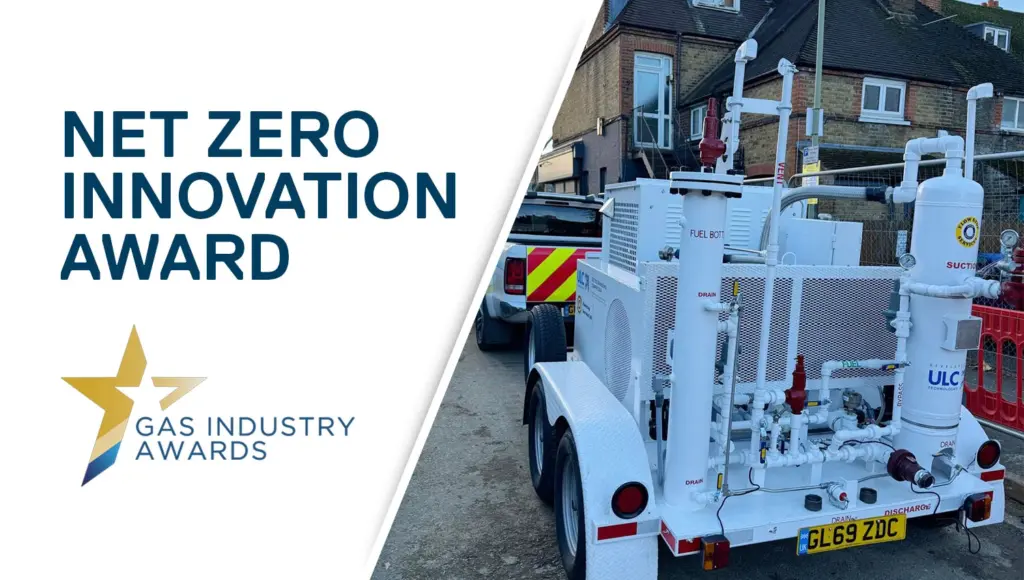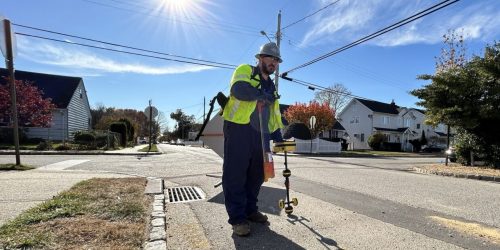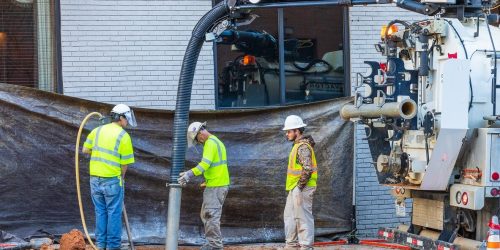When you set out to develop something that has never existed before—for our purposes, a robotics system—it’s important to get started on the right foot. Few companies have the internal expertise to design, build, and scale a new robotics system, so most have to look for third-party robotics companies early in the R&D process.
When seeking out robotics companies to evaluate, asking the right questions early in the process is crucial to reducing risk, making the most of your budget, and ensuring long-term success. Before you commit to a partnership, there are key areas you should explore with the robotics companies to make sure you’re working with one that aligns with your goals and can deliver what you need.
Evaluate Robotics Companies for Their Experience and Track Record
Before even reaching out to robotics companies, you should have a shortlist of them to research. A priority should be uncovering what experience the robotics companies have and if they can successfully take on your project. Here are a few questions to ask to uncover whether the robotics companies might be a good fit.
1. Can you provide examples of successfully completed projects?
It’s important to know if the robotics companies have completed and commercialized projects similar to yours in terms of scale and complexity. This question helps you gauge how well the company can transfer its knowledge and expertise to your specific use case.
If your project requires deep knowledge in developing heavy equipment that can operate autonomously, you can look to robotics companies that have undertaken similar projects—like our Robotic Roadworks and Excavation System (RRES).
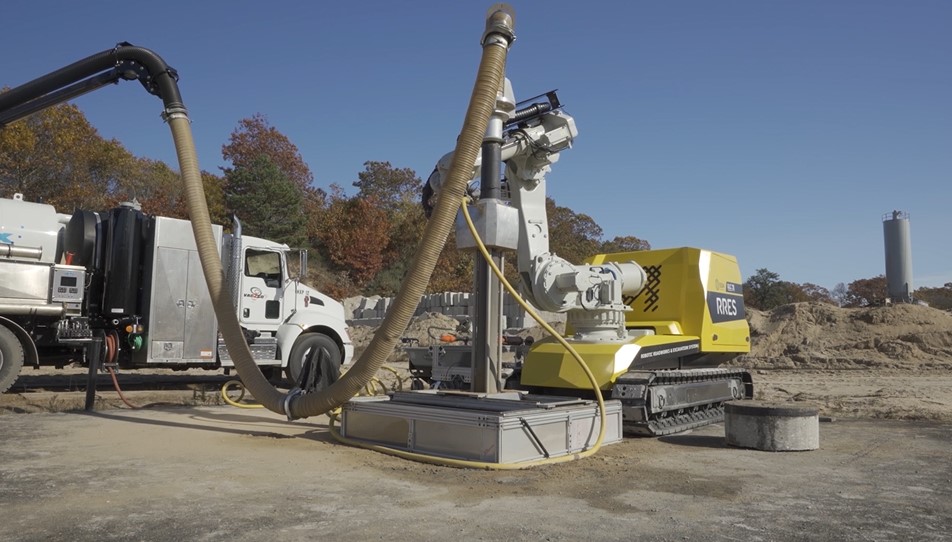
If you need robots that can navigate and complete tasks in small, confined spaces, you want to look for robotics companies with projects of that scale. For example, the system we built for autonomous GPR mapping that’s used by construction and utility companies to survey areas for buried infrastructure.
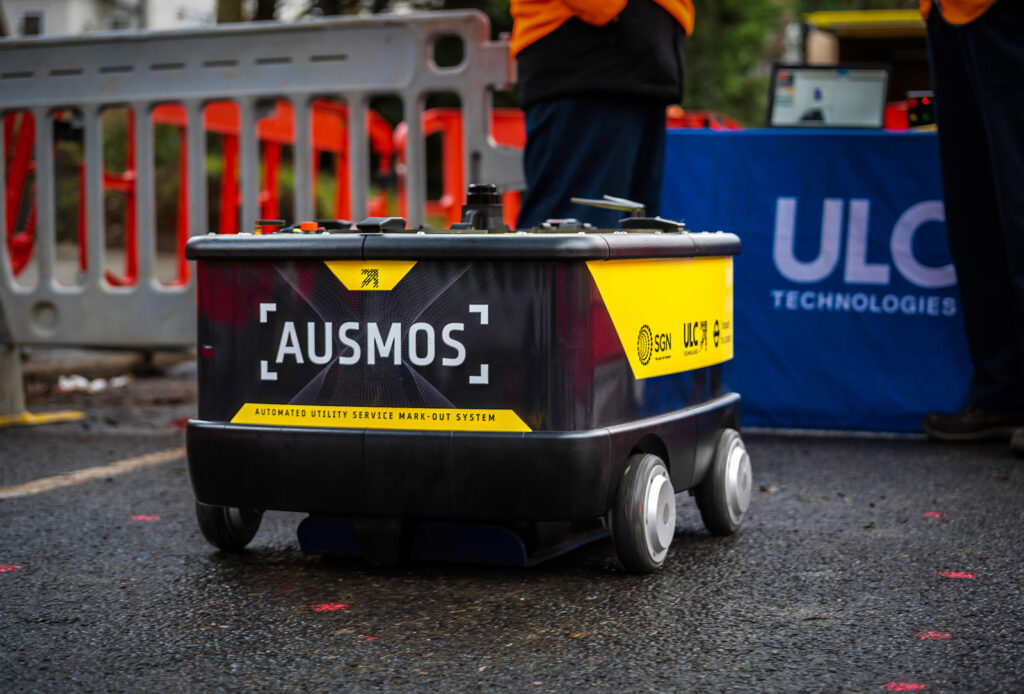
When you’re looking for a robotics company to help you invent something that will be ready to commercialize, you want to partner with one that has successfully transitioned a robotic solution from completed R&D to commercial success in the market.
2. Do you have references or testimonials we can review?
Hearing from past clients can provide valuable insight into what it’s like to work with each of the robotics companies. Look for reviews that mention problem-solving abilities, communication, and how well they adhered to timelines and budgets. Don’t be afraid to ask for contact information for these references to ask more specific questions about their experience.
Why It Matters
Experience matters, especially in robotics, where the technologies and applications can vary greatly from one project to another. A company that understands the complexities of commercializing new technologies and has a proven track record is better equipped to foresee and navigate potential challenges. By reviewing case studies and testimonials, you can gain insight into how the company operates and delivers results.
Understand Their Approach to Innovation
Innovation is at the heart of any successful robotics project. You need a partner that can not only think outside the box but also follow a structured approach to mitigate risks and turn groundbreaking ideas into practical solutions.
3. How do you approach developing solutions that have never existed before?
If your project requires groundbreaking innovation, you need a partner that can think creatively while also staying grounded in technical realities. This question will help you understand whether the company has the mindset and methodology to develop novel solutions. Look for structured approaches such as iterative prototyping, agile development, and feedback loops to ensure they’re not just generating ideas but also testing and refining them along the way.
4. Can you share your process for risk reduction and concept development?
Developing new robotic solutions involves a significant amount of risk. You want to know how each robotics company manages uncertainty, such as technical feasibility, integration challenges, or unforeseen obstacles. A good R&D partner will have a clear process for de-risking projects, often through phased development, simulations, or early-stage prototypes. This will give you confidence that they can handle the unknowns that come with pushing the boundaries of robotics technology.
Oftentimes, companies looking to develop new robotic solutions assume they have to dive into a multi-million-dollar project to design, build, and scale the new technology. But we take a different approach. We start many R&D projects with a feasibility phase where we evaluate the problem, come up with multiple concepts, develop the highest-potential concepts, and vet each one for its ability to solve the problem statement. We believe in de-risking a project before even building a solution.
Why It Matters
Working with an innovative company ensures that your R&D partner will be able to push the boundaries of what’s possible. At the same time, they must have a tested, phased approach for feasibility testing, prototyping, and de-risking so concepts are thoroughly vetted before any large investments are made. This balance between creativity and caution is a sign that a robotics company knows how to keep projects on course and avoid costly dead ends.
Align on Goals and Functional Requirements
Clear communication and alignment on goals and functional requirements are critical to the success of any R&D project. Misalignment in these areas can lead to wasted resources, shifting expectations, and even failure.
5. How do you help define the technical challenges we are facing?
Before diving into solutions, it’s critical to define the problem. Asking this question uncovers the approach that robotics companies take to thoroughly understand your pain points, challenges, and objectives. A good partner will work collaboratively to break down the technical challenges, helping you avoid blind spots and identifying aspects you may not have considered. This joint understanding forms the foundation for a successful project.
6. Can you assist in documenting functional requirements for the solution?
Clear documentation of goals and deliverables is essential for keeping both parties aligned throughout the project. This question gets at whether the robotics companies have a structured approach to capturing functional requirements—such as what the robot needs to do, the environments it will operate in, and how it should interact with users or other systems. By helping you define and document these requirements, the goalposts are set, leading to fewer surprises down the line and starting everyone on the same page.
At ULC Technologies, we like to dig deep into the problem statement and requirements. We want to see the problem firsthand and have the opportunity to ask a lot of questions. We want to know what’s currently being done to complete the work, challenges of those processes, expectations for the robotic solution, and potential barriers.
Why It Matters
Properly defining goals from the start means that both teams are aligned on what success looks like. Moreover, detailed documentation of functional requirements keeps the project focused on delivering the desired outcomes. Without these upfront conversations, misunderstandings and unanticipated challenges can arise, potentially derailing the project.
Be Clear About Budget and Feasibility
Budget is often one of the most critical factors in the R&D process, and it’s essential to discuss budget expectations early on. A good partner will not only help you develop a solution that fits within the budget but will also provide flexibility in adjusting the process to meet financial constraints.
7. How will you make the most of our budget, from R&D to field deployment?
This question digs deeper into how efficiently the company uses available resources, not just during the R&D phase but also during the commercialization and deployment stages. A good partner will find ways to optimize your budget across all phases of the project, perhaps through reusable prototypes, modular systems, or by focusing R&D efforts on the highest-impact areas first. This ensures that your financial resources are deployed strategically, allowing you to get the most out of both development and deployment.
8. How do you approach budget constraints to avoid surprises?
Budget constraints are a reality for almost every project, and it’s essential to understand how robotics companies navigate this challenge. Asking this question helps clarify whether they have experience working within budgets and how they plan to prioritize features or phases if financial constraints arise. Look for a company that can remain flexible, adjust scope without compromising quality, and provide options to maximize the value of your investment.
Knowing a project’s budget toward the beginning of the feasibility phase allows us to focus on solutions that will be possible to implement. When we know the budget and the expected outcomes from the beginning, we’ll only develop solutions that can fit those requirements.
Why It Matters
Starting with a feasibility phase helps avoid high upfront costs and minimizes financial risk. By understanding your budget range early, your R&D partner can help you prioritize features and focus on the concepts that have the highest chance of success within your constraints.
Consider the Commercialization Path
The end goal of most robotics R&D projects is commercialization—taking the solution from concept to deployment at scale. It’s vital to understand how your partner handles commercialization and what role they’ll play in scaling and supporting the technology in the field.
9. How do you handle the commercialization of a solution?
Some robotics companies excel at R&D but fall short when it comes to taking a product into the field and then to the broader market. This question helps you gauge whether your partner has the expertise to manage the entire commercialization process, including scaling production, obtaining regulatory approvals, and navigating market entry strategies. You’ll want to work with a company that has a clear path from concept to commercialization, ensuring that they can take your solution from the lab to the real world.
10. What is your track record in scaling and deploying solutions in the field?
This is critical if your goal is large-scale deployment. Scaling involves unique challenges, from ramping up manufacturing to ensuring that the product can operate reliably in various environments. A company’s track record in successfully scaling solutions will give you confidence in their ability to handle these challenges. Ask for specific examples where they’ve taken a concept from prototype to mass production and field deployment, and how they managed the technical and logistical hurdles along the way.
ULC Technologies has a field services division that takes new technologies into the field. We’re also a part of SPX Technologies and therefore have sister companies that specialize in manufacturing, scaling, and more. We have service centers across the U.S. so we can provide on-site customer service anywhere in the country.
Why It Matters
Not all robotics companies are equipped to handle commercialization or large-scale deployment. Some companies excel at prototyping but struggle to bring their solutions to market. It’s important to know from the outset how your partner would manage this process, including scaling, ongoing support, and commercialization. Flexibility in these areas can be key to the long-term success of your project, especially if your business model requires shared ownership or a collaborative commercialization strategy.
Conclusion
Asking the right questions of robotics companies early in the R&D process can save you time, money, and frustration down the road. By evaluating a robotics company’s experience, understanding their approach to innovation, aligning on goals, clarifying budget expectations, and considering the commercialization path, you can ensure that both you and your R&D partner are on the same page from day one. Selecting the right robotics partner sets your project up for success while minimizing the challenges that can arise during the R&D journey.

